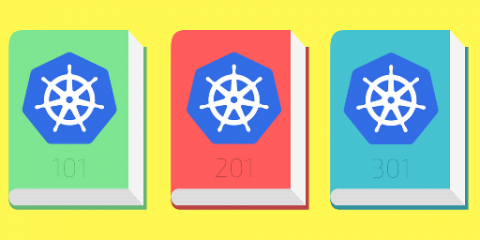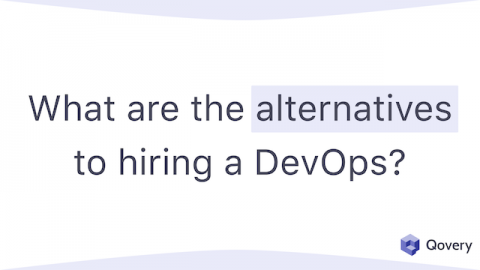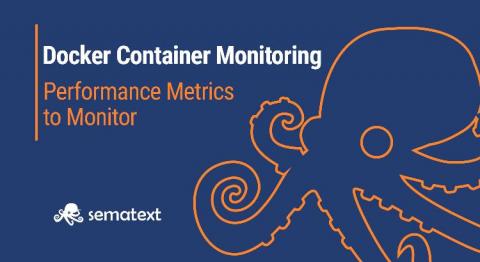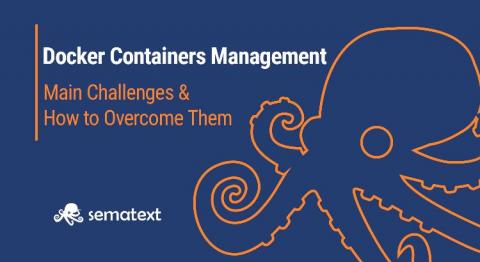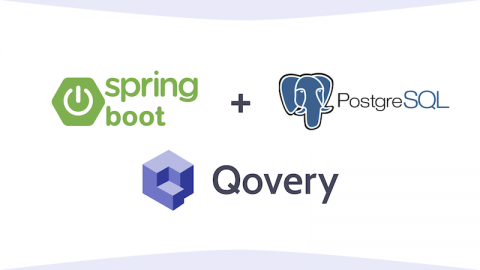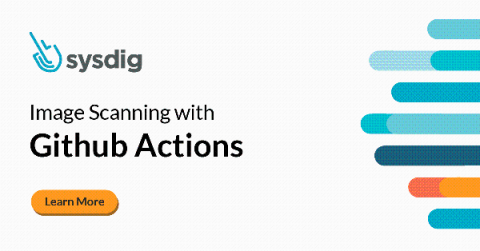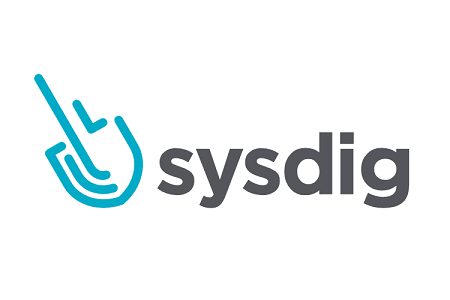Top Kubernetes Tutorials & Resources for All Levels
If you are a developer who uses containers, chances are you and your team have heard about Kubernetes. At its core, Kubernetes is a container operating system for the web, but has grown to be much more. Sure, Kubernetes can manage your containers, network traffic, and bring up a crashed ad, but it has also become a widely adopted platform with a growing community.


